
The begonias or begoñas are plants that, in general, do not grow much. They are very loved on balconies, where they are usually planted in flower boxes if they are small, or in pots. They produce flowers of very cheerful colors, which, although they have a small size, attract a lot of attention.
But it is also possible to grow them as indoor plants. In fact, this is something that we will have no choice but to do if there are frosts in our area, since its resistance to cold is practically nil. So let's see what types of begonias we can grow and what they are like.
What are the different types of begonia that exist?
The gender of Begonia it comprises some 1500 different species, of which only a few are traded. Naturally, in their places of origin is where we can find more variety, while in a country like Spain we get a dozen. Even so, it is interesting to know them in order to have a wider collection, and / or to decorate the house with exotic plants:
Angel wing begonia
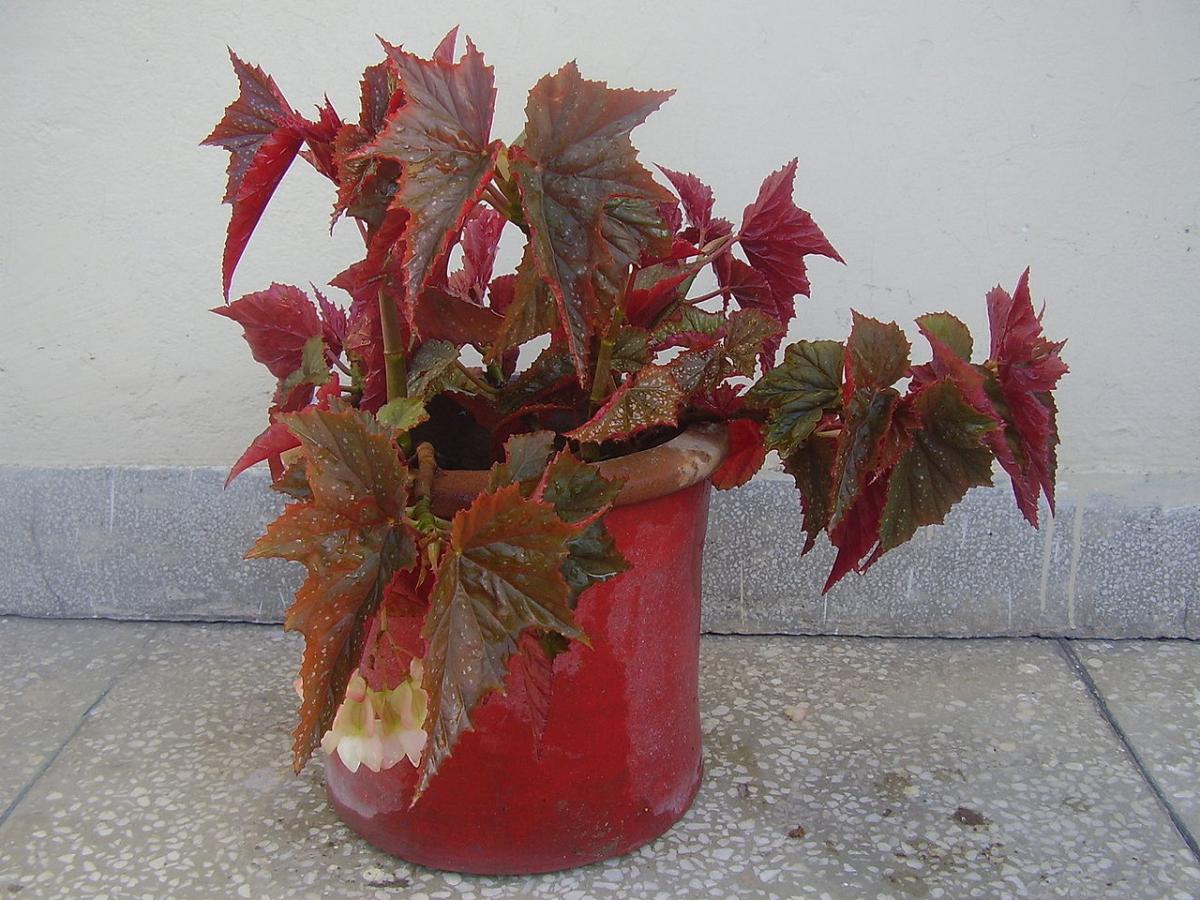
Image - Wikimedia / Khalid Mahmood
The begonia known as angel wing is a hybrid between Begonia aconitifolia y coccinea begonia, made in 1926, in California, by Eva Kenworthy Gray. Its scientific name is Begonia cv Angel Wing. It is a perennial plant that grows 50 centimeters tall, and that produces green leaves. Its flowers are red and sprout in spring.
begonia boliviensis
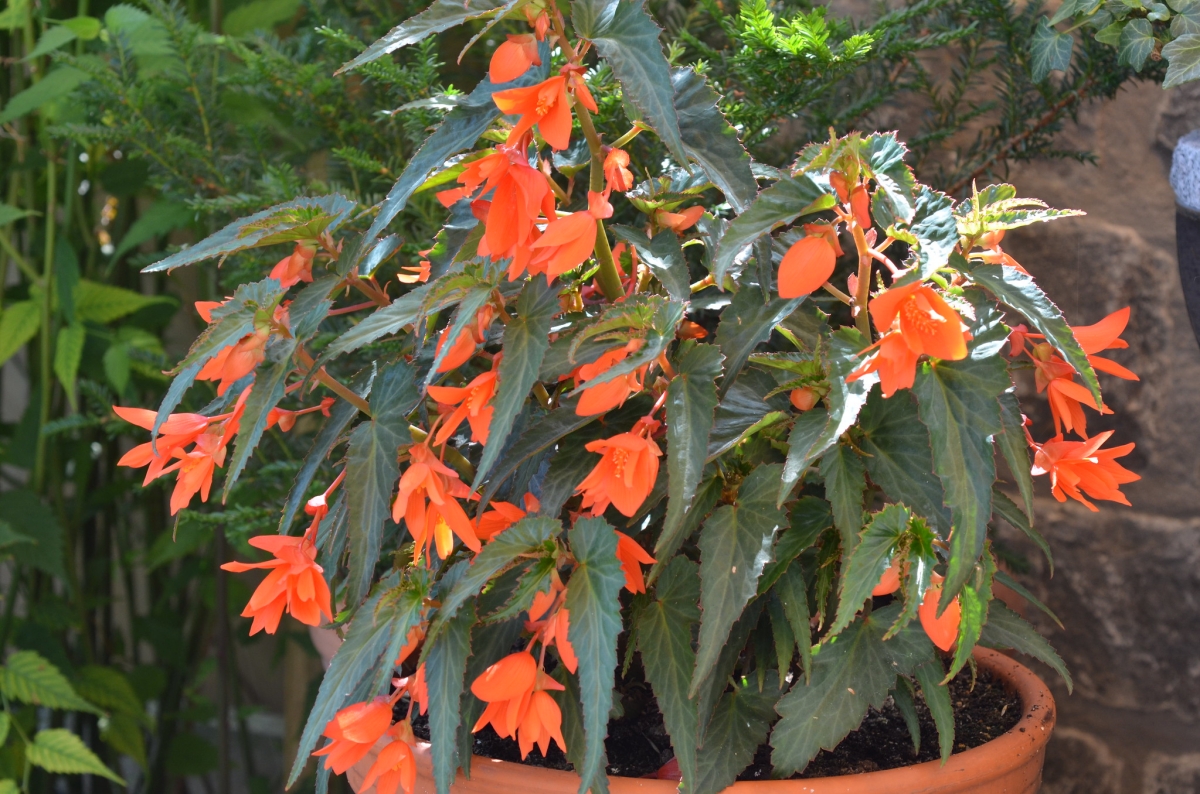
Image - Flickr / enbodenumer
La Bolivian begonia It is a plant that grows in Bolivia and Argentina. Reaches a height of 30 to 50 centimeters, and the leaves are lanceolate, green, and with a serrated margin. The flowers are a striking red color, a detail that gardeners were fascinated by from the first moment. In fact, it was exhibited as early as 1867, at the International Horticulture Show in Paris; and not only that, but she is one of the progenitors of the hybrid Begonia x tuber hybrida (tuberous begonia), which we will see later.
coccinea begonia
- Image - Wikimedia / Yercaud-elango
- Image - Wikimedia / Raffi Kojian
La coccinea begonia It is a plant native to Brazil, known as angel wings begonia; although as we have seen before, she is one of the progenitors of the Begonia cv Angel Wing. It grows between 50 centimeters and one meter in height, and has dark green leaves, sometimes with white spots. Its flowers are coral red.
cucullata begonia
- Image - Flickr / Digital Repository: Flora de la Mitad del Mundo, UETMM
- Image - Wikimedia / 阿 橋 HQ
La cucullata begonia, known as nacre flower or agrial, is a perennial plant native to South America, specifically Argentina, Brazil and Paraguay. Reaches an approximate height of 50 centimeters, and has ovate-shaped green leaves. Its flowers are pink, white or red.
Elatior Begonia (Begonia x hiemalis)
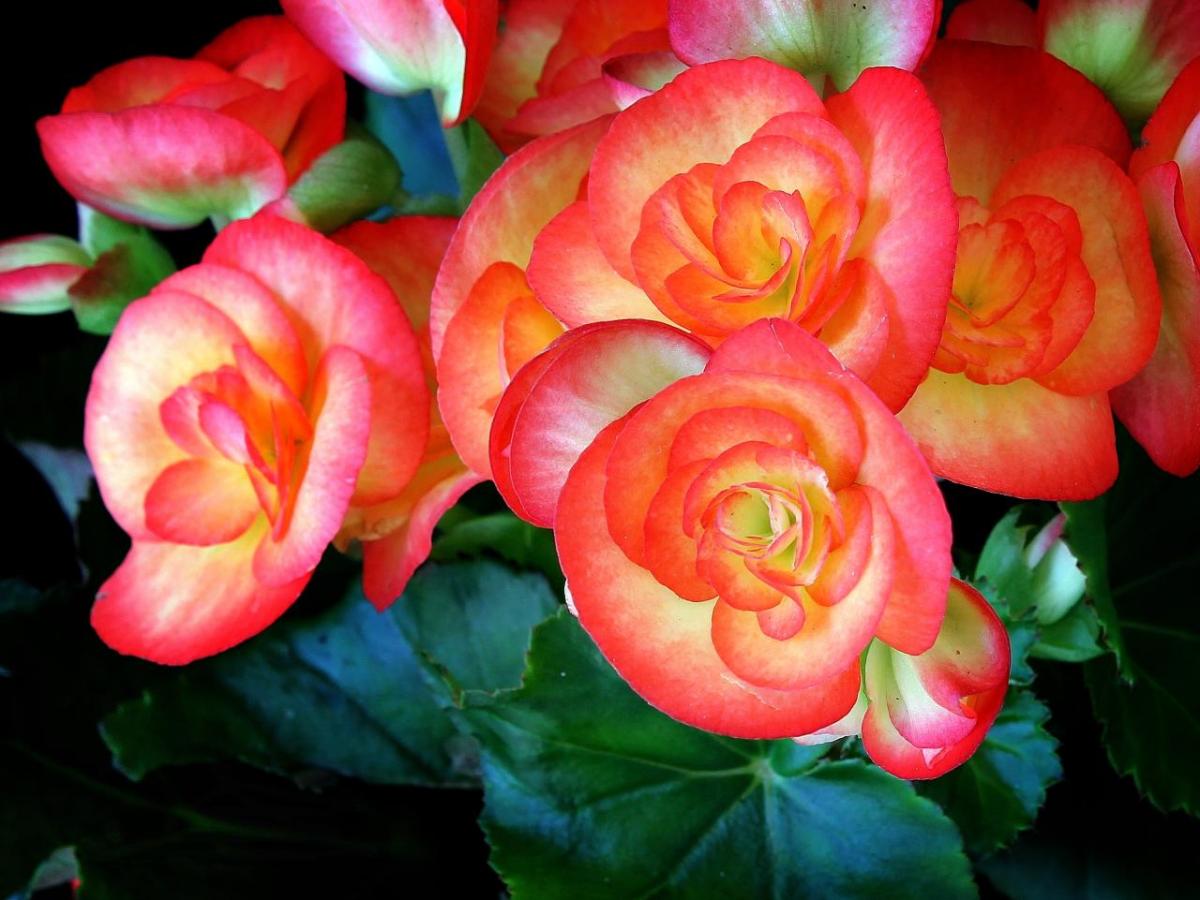
Image - Flickr / Mauricio Mercadante
La begonia elatior, is a hybrid of species native to Brazil. It has large green leaves, and its flowers are usually white, although they can be pink, orange or yellow. Grows to a height of 20-30 centimeters.
Begonia gracilis
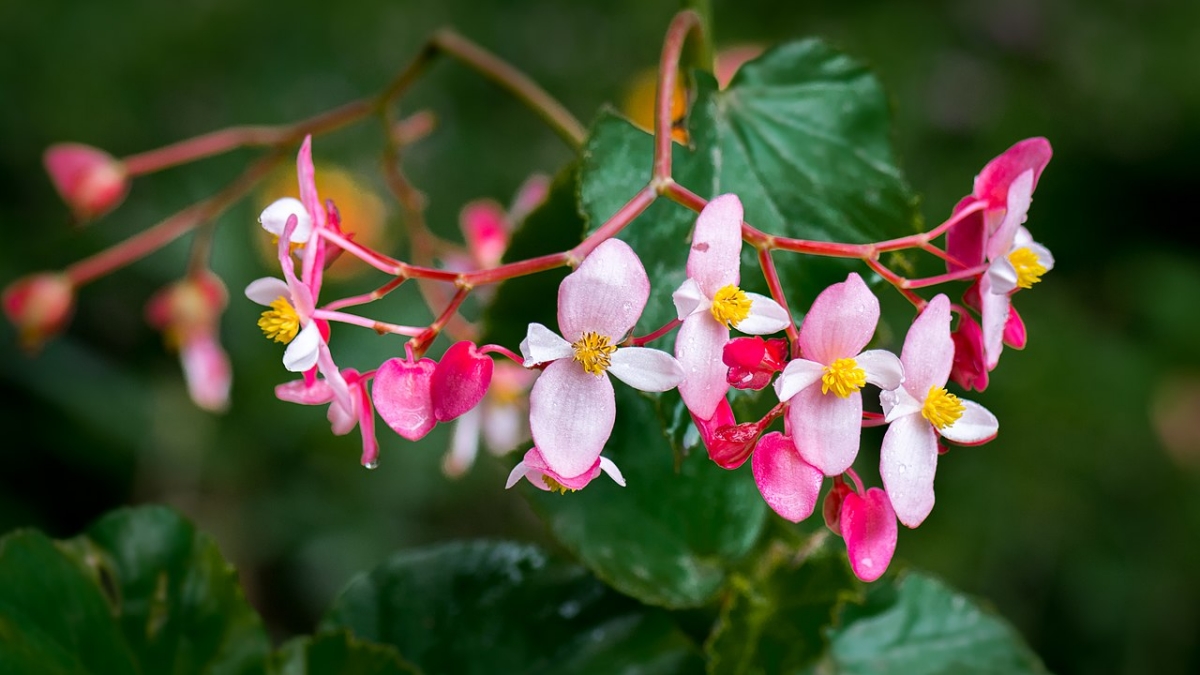
Image - Wikimedia / Gsachar
La Begonia gracilis is a medium-sized plant, which reaches between 25 and 50 centimeters in height. It is native to Mexico, and has green leaves with wavy margins. Its flowers are pink.
Begonia hydrocotilifolia

Image - Flickr / Stefano
La Begonia hydrocotilifolia It is a type of compact begonia that reaches a height of ten centimeters. It has round, glossy green leaves and produces white flowers.
maculata begonia
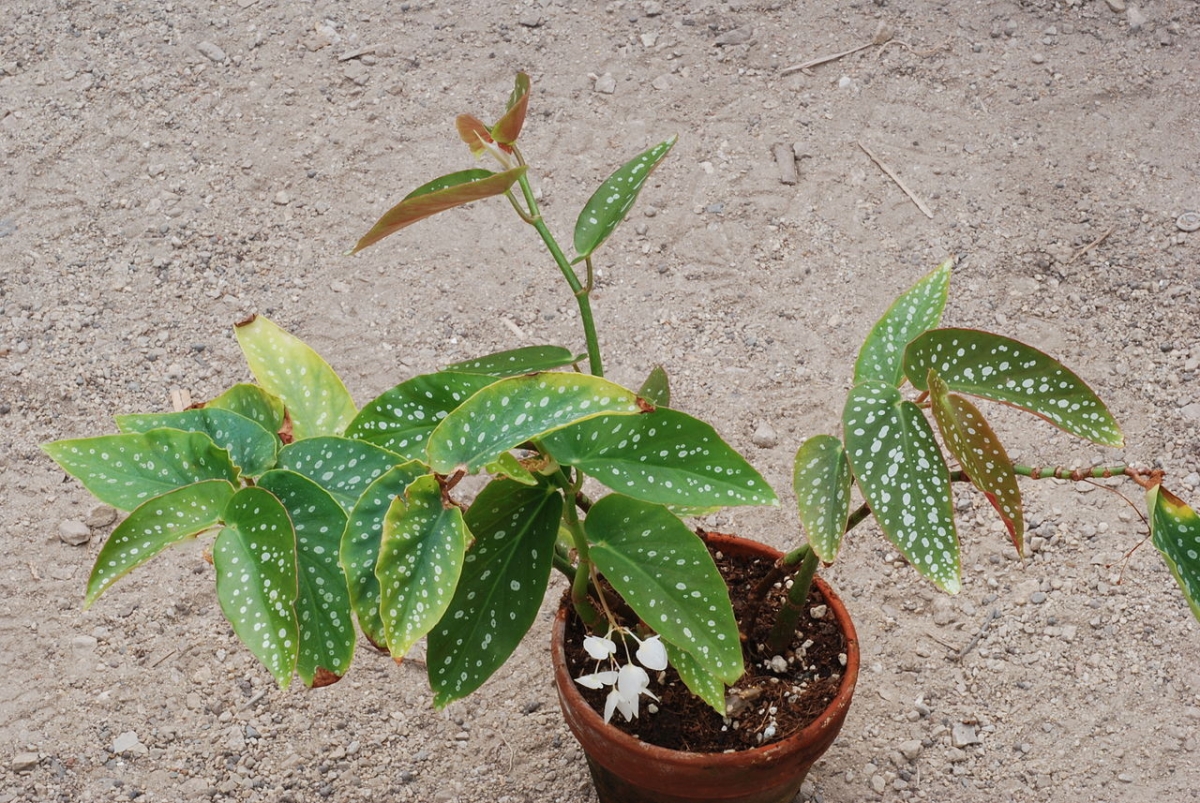
Image - Wikimedia / GCornelis
La maculata begonia, before call coralline begonia, is an endemic plant of Brazil. Grows between 40 and 60 centimeters in height, and develops dark green leaves with white dots on the upper side and red on the underside. The flowers are white or pink.
Masonian begonia
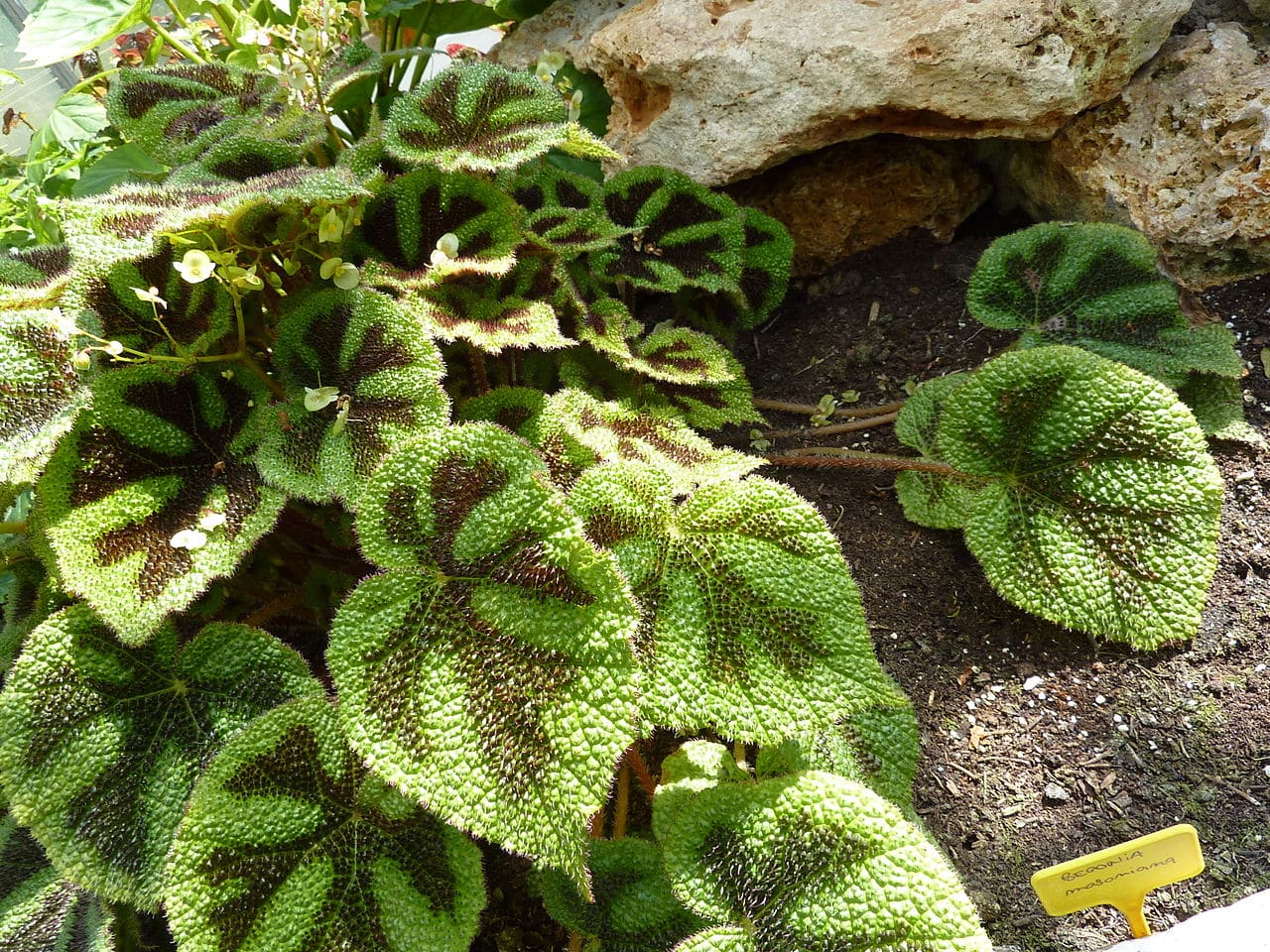
Image - Wikimedia / Salix
La Masonian begonia It is a type of small rhizomatous begonia, which reaches a height of about twenty centimeters at most. The leaves are very striking, as they are green with a dark brown, almost black pattern on the upper surface.
Begonia nelumbiifolia
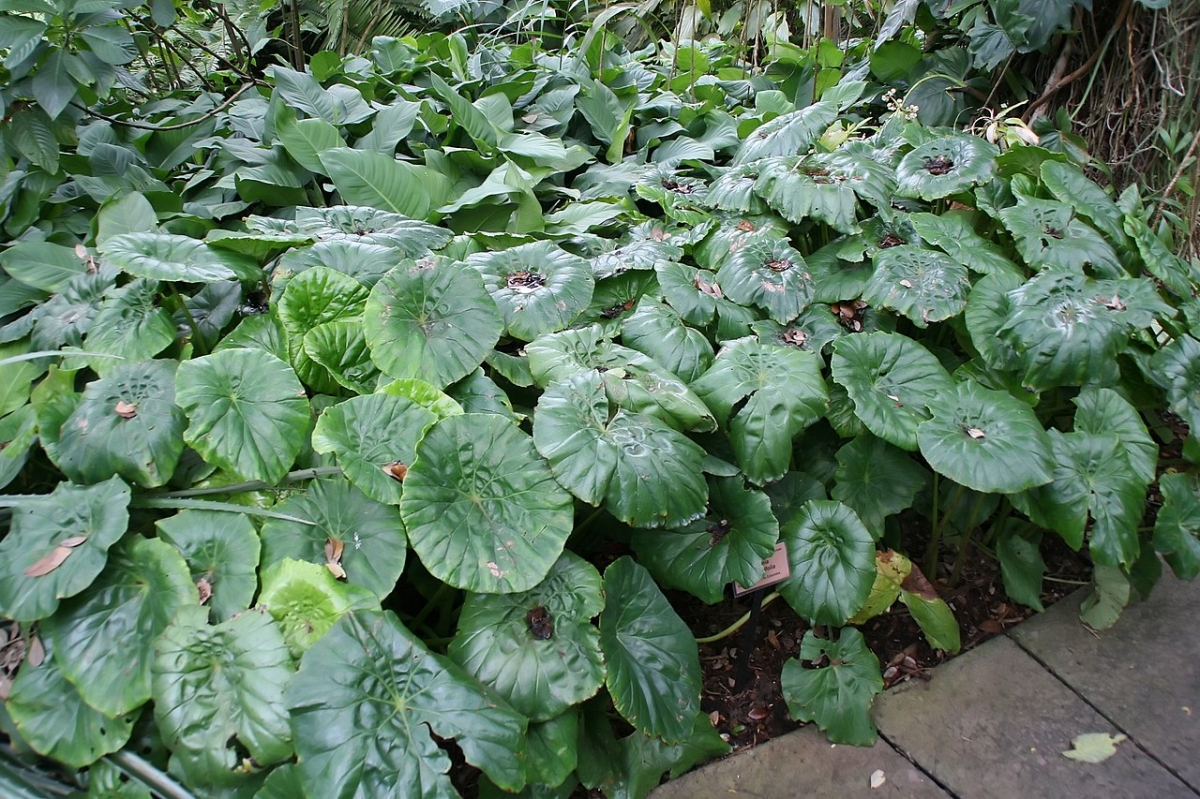
Image - Wikimedia / David J. Stang
La Begonia nelumbiifolia it is a plant known as xocoyule. It is native to Mexico, and reaches a height of between 1 to 1,5 meters high. Its leaves are rounded, ending in a sharp point, and green in color. The flowers on the other hand are white or pink.
Pavonine Begonia
- Image - Flickr / Clivid
- Image - Flickr / Clivid
La Pavonine Begonia, or blue plant, is an herb that grows in the jungles of Malaysia. Reaches an approximate height of 40 centimeters, and develops bluish-green leaves, although depending on their exposure to light they will look more greenish or more bluish. What's more, if you want it to look blue, you will have to put it in a place where it receives little light.
Begonia rex
La Begonia rex, or painted leaf begonia, is a perennial plant native to Asia that reaches a height of 40 centimeters. Its leaves are generally greyish green and white, but they can be many different colors depending on the specimen: there are some cultivars that have them red, others green, others multicolored. The flowers are pink.
Begonia x semperflorens
La Begonia x semperflorens It is a hybrid of other varieties of begonias originating in Brazil. Depending on the climate, it can be annual or perennial, and reaches a height of between 15 and 30 centimeters in height. Its leaves are green or reddish, and waxy, which is why it is known as wax begonia. The flowers are small, red.
Tuberous begonia
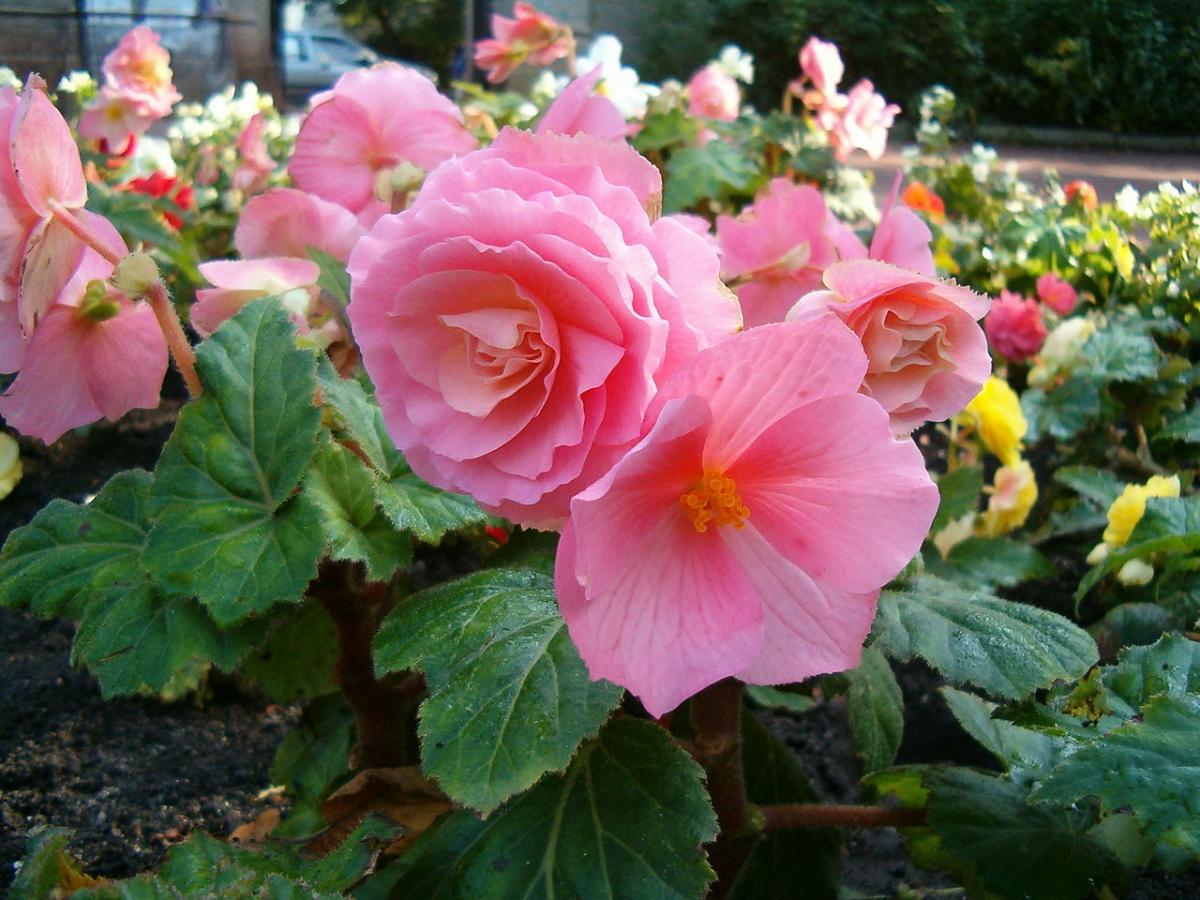
Image - Wikimedia / BotBln
The tuberous begonia, whose scientific name is Begonia x tuber hybrida, is a hybrid from which several cultivars have been produced. Reaches a height of about 30 centimeters, and develop large, red or orange flowers.
What types of begonias did you like the most? Now let's see how they are cared for.
What are the care of begonia indoors?
The begonia is a plant that is frequently kept indoors, but do you know how to care for it? If you answered no, you don't have to worry about anything because I will explain how to do it below:
Place it in a bright, draft-free room.
this light it has to be natural, that is, it must come from abroad. Therefore, it is important that you put your plant in a room with a window. But yes, you have to be careful and not put it right in front of the aforementioned, otherwise it would burn.
On the other hand, You should keep it as far away from heating and drafts as possible, since they dry out the environment a lot and causes the leaves to spoil.
Check soil moisture before watering again
The roots of the begonia do not support excess water. They rot right away. To avoid it, you must make sure that the earth is dry before adding water to it again; otherwise you could lose it.
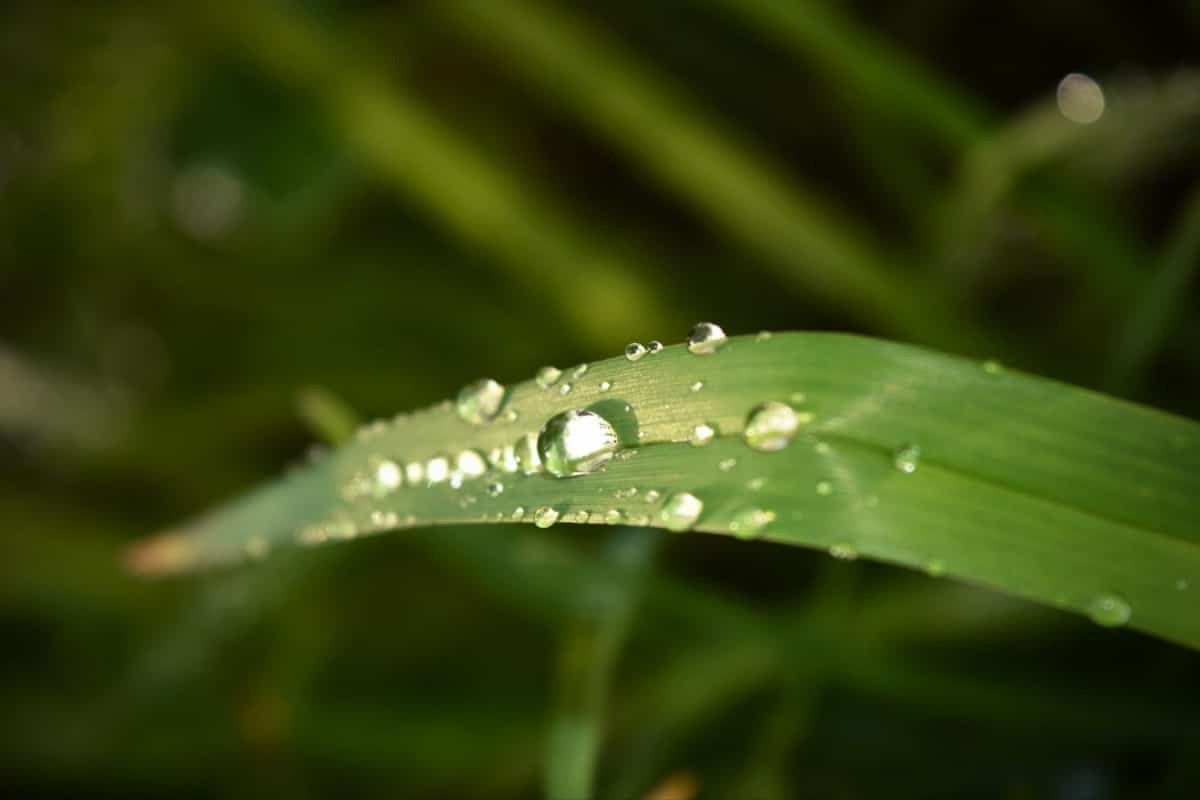
Continuing with the humidity, but in this case of the environmental humidity (of the air), It is very important that you DO NOT spray your begonia if you live in an area where said humidity is high. (equal to or greater than 50%), which is what happens on the islands or when you are near the coast, for example. If you spray them, they will fungus and die.
To know if you have to spray them or not, you can buy a weather station and see what degree of humidity it shows in the area where you have the begonia. you can buy one here.
Plant it in a larger pot with holes if necessary.
The pot without holes will end up being the grave of the begonia, since the water remains stagnant in the roots, and as we have already said, they do not like to be constantly wet. That's why, It must be planted in one that does have holes at its base, and it will also be done with a quality substrate like the ones we show you above.
The change will be made when the roots come out of the pot, and only if it is spring. It should not be done during the winter because it could suffer cold damage.
Fertilize your begonia in spring and summer
Do it with liquid fertilizers for flowering plants and follow the directions on the package. In this way, you will achieve the best results: your begonia will be much healthier, stronger, and it will surely flower more easily.
What are the care of the begonia outdoors?
Actually, the begonia that is outdoors is cared for practically the same as the one that is inside the house, the only thing that will change will be the frequency of irrigation (which will be somewhat higher), and also the need to protect it if temperatures drop below 0 degrees during winter, since this plant does not support ice, much less snow.
For this reason, if you live in an area where it usually freezes or snows, we recommend bringing the begonia indoors in autumn, or at least in a greenhouse.
Likewise, You should try to put it in an area with light but not direct, so that it can grow well. In this way, your health will continue to be optimal.
Where to buy?
From right here:
And you, do you have any kind of begonia?
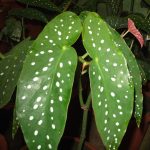
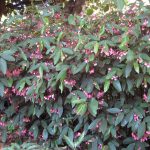
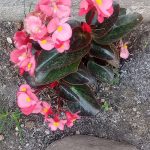
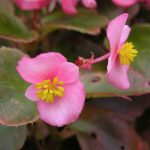
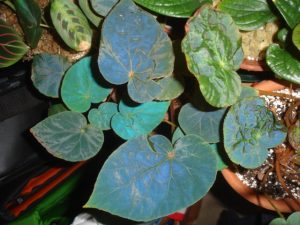
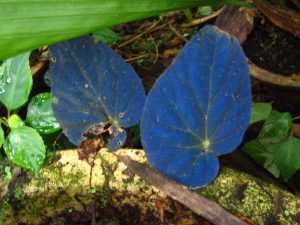
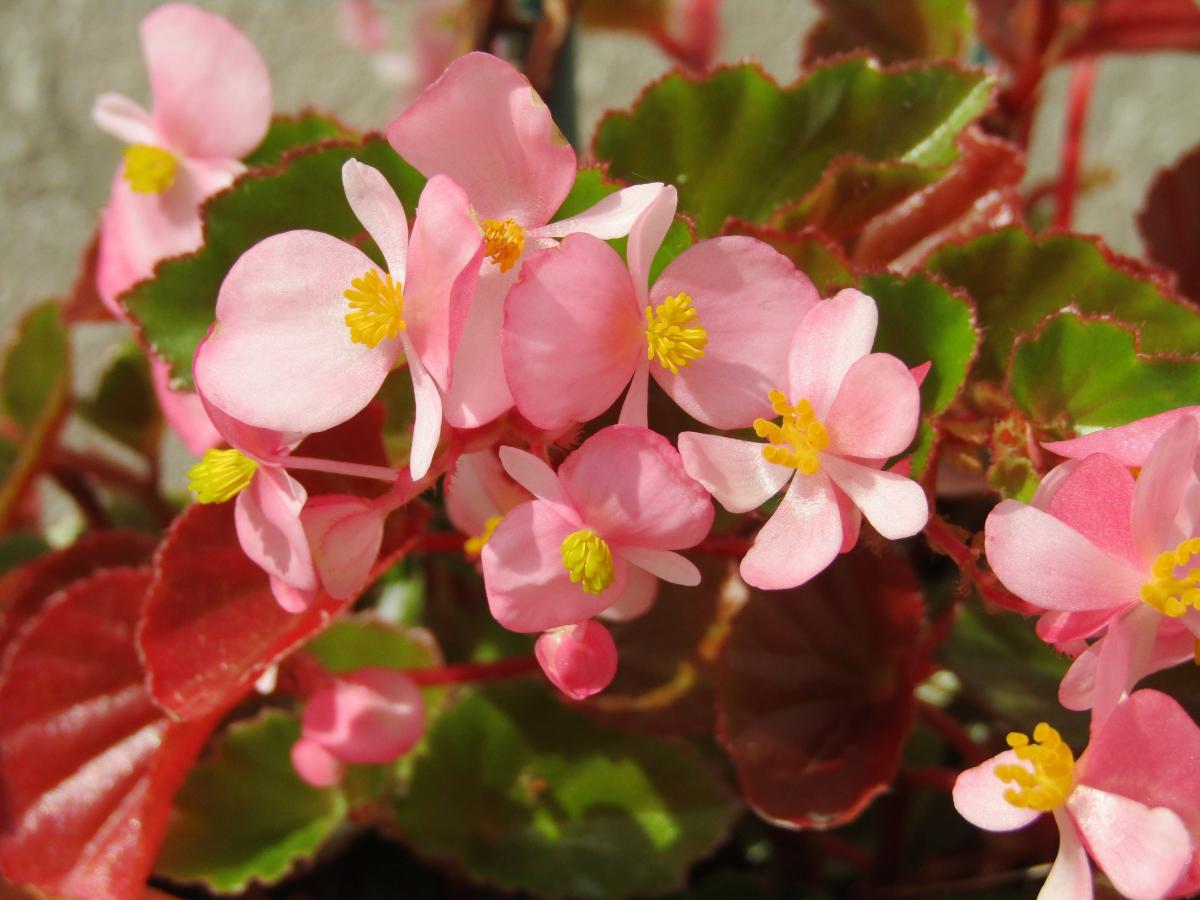









THE BEGONIATUBEROSA.